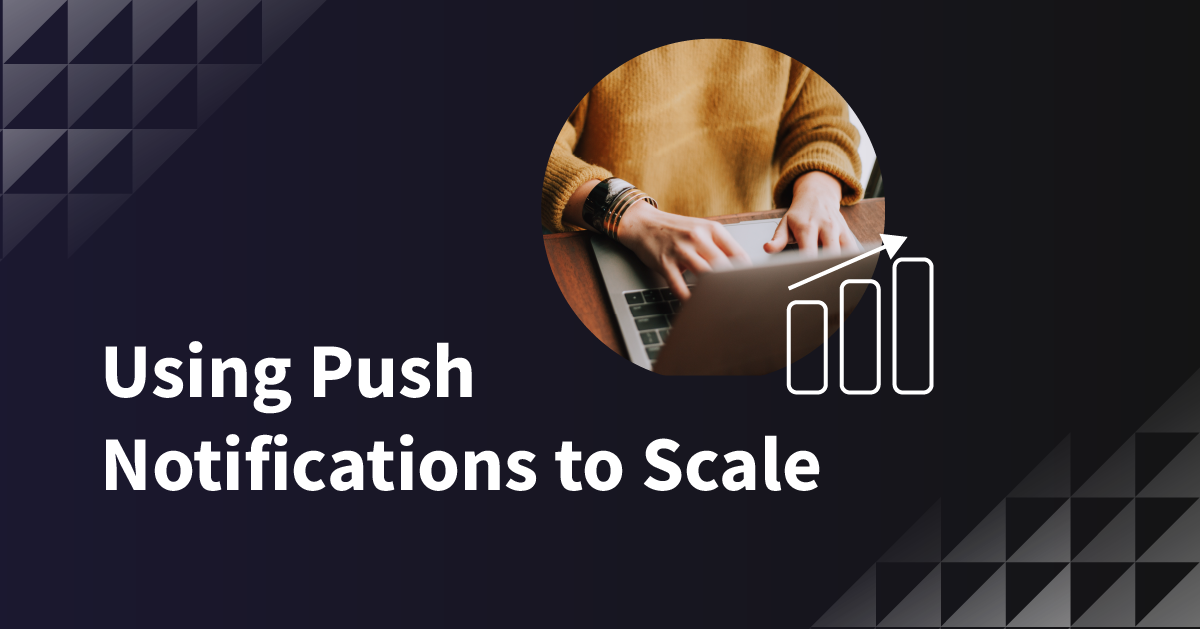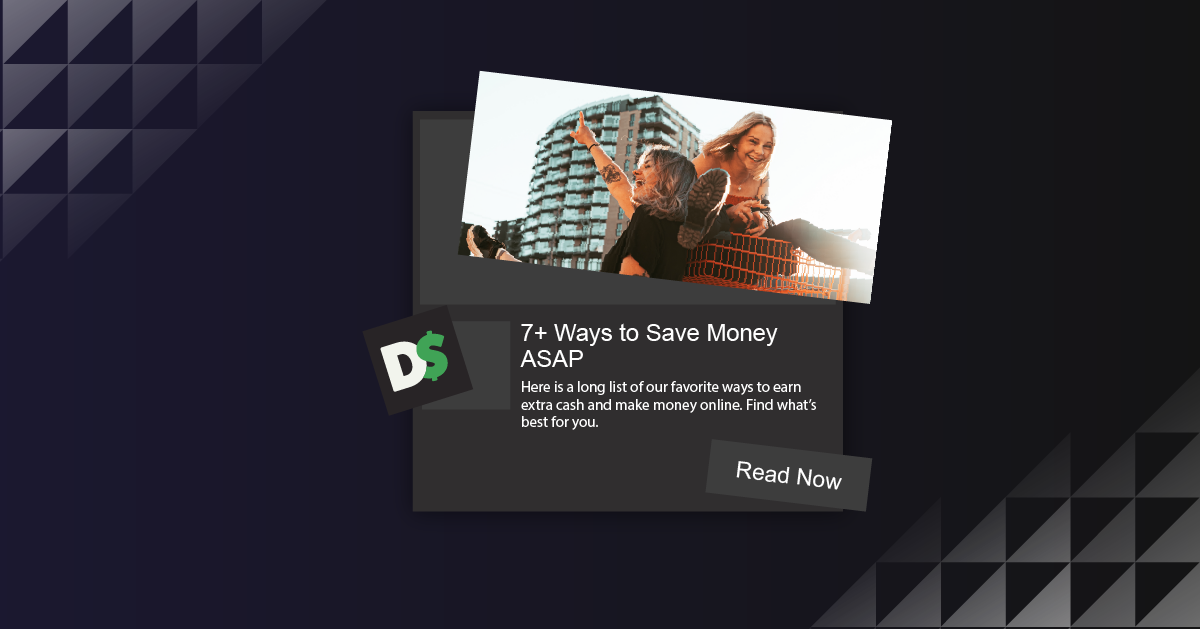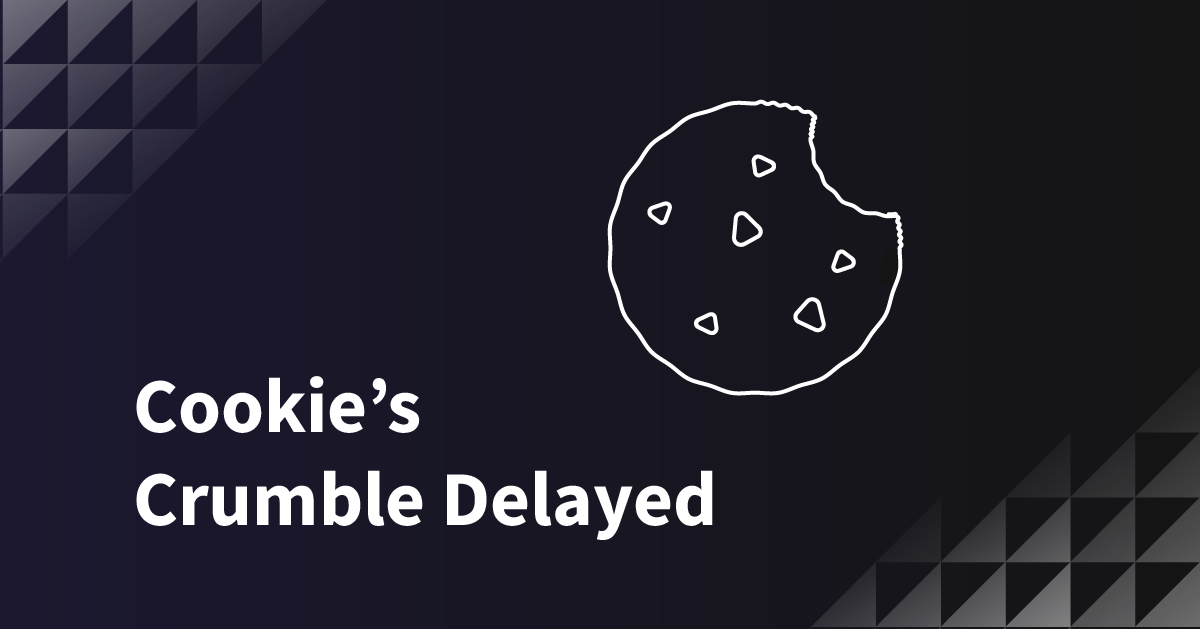A tool to add to your affiliate marketing belt? Push notifications. Since affiliate marketing methods depend on affiliate products and segments, affiliate marketers can define which segments would be of most interest among customers and push out the information using push notifications.
The most obvious method of affiliate marketing with push notifications is to look closely at affiliate products and determine which segments are of most interest to them. Then simply push out some information about them, or support your affiliate’s campaign tied to a piece of content.

Here are some ways to achieve affiliate marketing success using push notifications:
Notify customers about complementary products and services
Use this strategy to uncover ancillary markets for your products that you haven’t previously considered. For instance, pet insurance companies might find themselves with a strong secondary market to dog training or animal health services.
Generate a waterfall of deals
If you sell car insurance, you might have an affiliate offer a discount on warranties, and then that affiliate might refer them to another that has a discount on lights.
Share data with your affiliates
Your subscribers might have a pattern of engaging with unexpected products. As you work with affiliates and collect more data on your segments, more possibilities will come to light.
Don’t underestimate the power of “social media” holidays
National Cat Day, anyone? Not all holidays and movements will fit with your narrative, but you can sometimes use these occasions to get the word out more effectively. You might even identify a perfect opportunity.
Push notifications are a customer retention tool

Affiliate marketing via push notification allows you to both maintain your notifications’ value proposition and keep what you’re offering fresh and engaging. You can push out daily deals or weekly sales across a range of products beyond just what you sell; products that complement the interests and tastes of your customers beyond your area of expertise. Use push notifications to stay visible to your customers while raising the profile of your affiliates in return.
The benefits of push notifications for affiliate marketers
An extremely engaged audience
After users opt-in to receive your notifications, you reap the benefits of an engaged audience that already has shown they care about what you have to say. You can use the notifications to remind subscribers of your products, services and your app.
Open rates are untouchable
It’s unlikely that a subscriber will miss a push notification. The alerts pop up until your audience either clicks the alert or chooses to dismiss it.
A decreased chance of bots
Since users need to opt-in and agree to receive push notifications, there is a far greater chance that your traffic is legitimate.
Great performance
The high visibility of push notifications means the reach and performance also increases. In other words, you witness record CTRs (clickthrough rates). The immediacy of notifications demands a response, which makes them an active option compared to more passive marketing channels.
Simple formatting

Creating the perfect notification is fast and easy. All you need is a title, a description/message and an image to get your message out to the masses. The ease of the format makes performing A/B tests, exchanging images and tweaking copy a simple feat.
A constantly growing user database
Building email lists and creating opt-in forms is slow going. With push notifications, users are just one click away from subscribing to your list.
Segmentation and personalization
Creating target groups to segment your audience and send personalized push notifications to is easy. Perform A/B tests to ensure you’re sending your messages to the right user at the right moment. Take user behavior and interests into consideration before launching your campaign.
Easy installation
Push notifications can be installed in minutes, with just a few lines of code pasted into the source on your site. When the customer arrives on a page, simply trigger an opt-in request and the user can decide to allow or deny the notifications. Once they opt-in, you’re good to go.
Notifications are sent wherever they are
Push notifications aren’t tied to a specific platform, but are part of the preferences in your subscriber’s browser.
Retargeting
Do you let visitors who leave your site before completing actions like buying, subscribing or downloading? Push notifications can help you guide those users back to your page or app.
Steps for Push Affiliate Marketing Success

Build a funnel
Push notifications are “opt-in.” Visitors are prompted by a small window to either accept or decline notifications. A customer opting in is usually someone who considered your value proposition and wants to keep hearing from you. Use different value propositions on different pages inside your site. Remember, the opt-in rate can be an effective metric for upcoming campaigns.
Create segments
Segmentation is key. When a customer opts in to receiving your notifications, you learn how they landed on your site, the value proposition that appealed to them, how much time they spent on your site and what pages on your site they explored. The items they did and didn’t click, and what action they took can help you sort them into specific segments for the best approach.
A/B Test
The copy you write and the images you use are valuable tools for testing. A/B testing is a method where one variable in the copy is changed, or an image is swapped. Send the unchanged version to a randomly selected group making up half of the segment, while the changed copy is sent to the other half.
The data you collect from your push campaigns allows you and your affiliates to choose the best possible content to present while simultaneously letting you fulfill your value proposition. Harness the power of push notifications to reach your best customers on a consistent basis. Pushnami allows users to automatically personalize notifications to each individual subscriber, resulting in irresistible calls-to-action.



